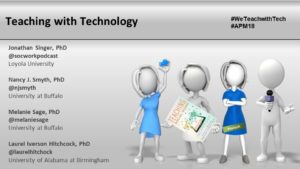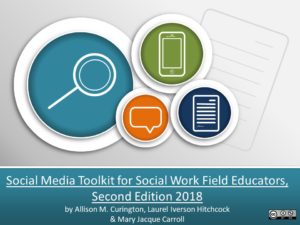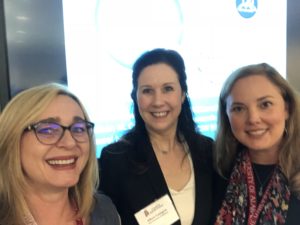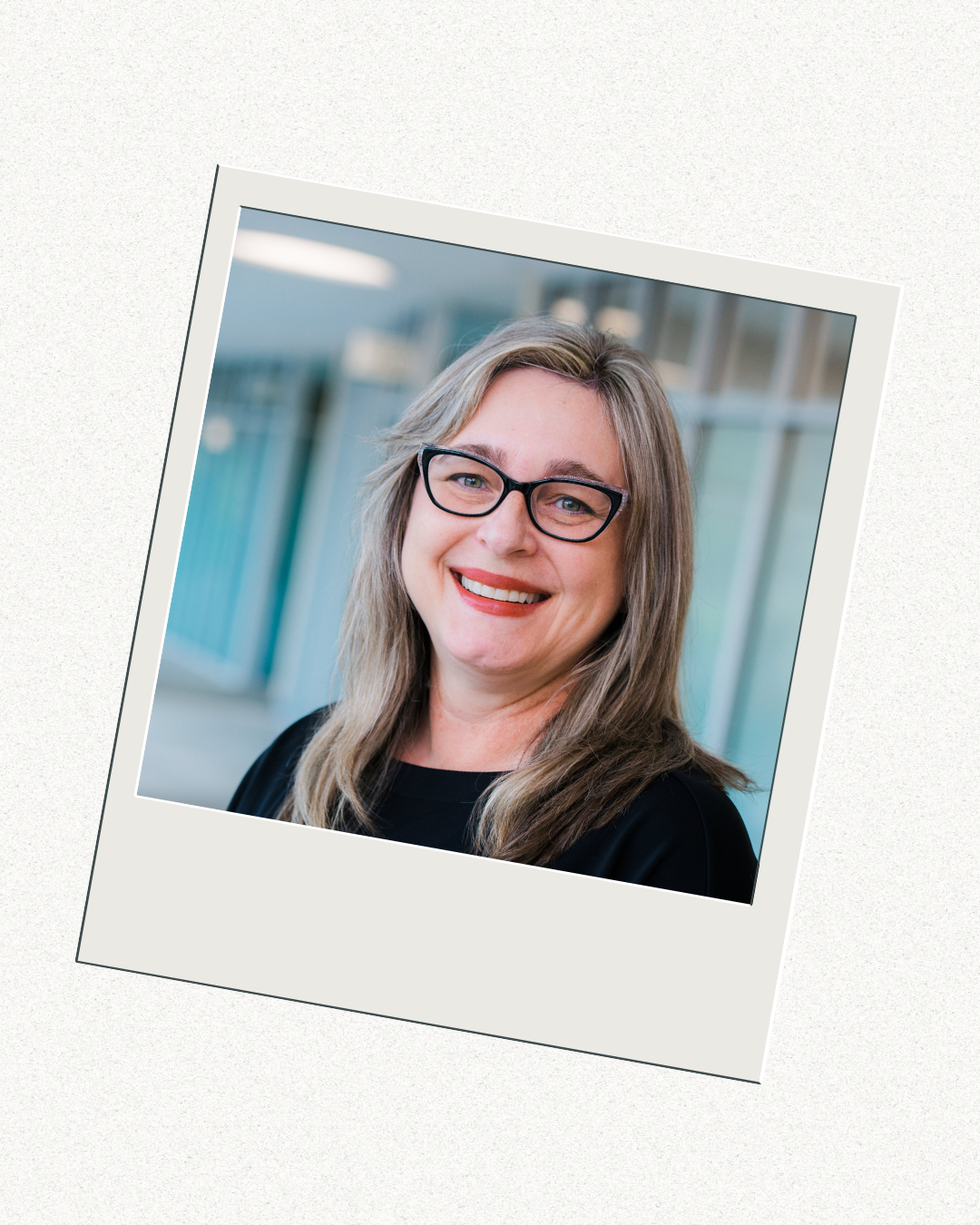Review of Teaching & Learning in Social Work for 2018
One of the reasons I like a good “end-of-the-year list” is the opportunity to reflect on what I did and did not miss out on over the past year. I’m always thrilled to discover I read one or maybe even two of the most notable books on the New York Times yearly list. Then, I start planning my reading wish list for the coming year, which usually involves magical thinking about reading every winner of the Nobel Prize for Literature or the all the Pulitzer Prize winners for Non-Fiction from the last ten years. Even if I don’t actually read all of these books, I believe in having some goals for my reading and other activities. For the Teaching and Learning in Social Work Blog, I had three goals for 2018:
1 .Write or publish 30 blog posts
2. Increase the number of blog subscribers from 100 to 200
3. Publish 10 guest educator blog posts
Here is how those goals worked out:
1. Wrote only 13 blog posts during the year, but published a total of 21 posts (70% completed)
2. Only added 40 more subscribers to the blog (40% completed)
3. Published 8 guest educators posts (80% completed)
While not all my goals were achieved, I was still able to collaborate with others to accomplish some solid writing for the blog including information about projects that I have been working on, and all my conference presentations for the year. Below is a list of this year’s posts, grouped around the topics of projects, guest educator posts, and conference presentations.
Projects: These posts describe new projects that I started or worked on during 2018:
Using an Interprofessional Perspective for NASW’s Technology Standard for Social Work Education
 On Saturday, November 10, 2018 at 7:30 am in Dolphin, Walt Disney World Resort, Asia 3, Lobby/Third Level, I will be presenting with Drs. Melanie Sage and Nancy J. Smyth about our crowd sourced work, Social Work Educators’ Perspectives on NASW’s Technology Standard for Education, Training, and Supervision. We will be distributing printed copies of our booklet and sharing how social work educators can bring an interprofessional perspective to teaching with technology.
On Saturday, November 10, 2018 at 7:30 am in Dolphin, Walt Disney World Resort, Asia 3, Lobby/Third Level, I will be presenting with Drs. Melanie Sage and Nancy J. Smyth about our crowd sourced work, Social Work Educators’ Perspectives on NASW’s Technology Standard for Education, Training, and Supervision. We will be distributing printed copies of our booklet and sharing how social work educators can bring an interprofessional perspective to teaching with technology.
In 2017, new Standards for Technology in Social Work Practice were issued by NASW (and written in conjunction with CSWA, CSWE, and ASWB) to address the intersections of social work practice and technology. One of the standards (standard 4) focuses on technology for social work education, training, and supervision, while the other standards focus on the use of technology in social work practice.
After the standards came out, social work educators told us they wanted more information about how to actually use the guidance from the standards in their classrooms and universities. We (Laurel Hitchcock, Melanie Sage, and Nancy Smyth) reached out to social work educators and supervisors who have specialized knowledge of teaching and supervision with technology to provide more information related to interpretations. We used Google Docs to create a place for contributors to share their comments for how the educational standards should look in practice, the best practices related to standards, and the ways educators and supervisors can aspire to best practices related to technology. Then, we edited the ideas and comments by all the contributors into a cohesive document to provide guidance for educators.
To help disseminate this work, the University at Buffalo’s School of Social Work agreed to publish it as a booklet, and we distributed this for the first time in at the 2018 Social Work Distance Education Conference in San Antonio, TX.
Here you will find a link to the digital copy of crowd-sourced technology standards: https://tinyurl.com/SWEdTechStandards
You can access a copy of presentation slides here: https://drive.google.com/file/d/17MUD49n79hkwzlqcq20cvtt5IZJc9Rge/view?usp=sharing
Here is our conference proposal with learning objectives:
By the end of the session, participants will:
#APM18 Teaching with Technology using the SAMR Model
 On Thursday, November 8, 2018, I will be presenting with Jonathan Singer, Melanie Sage & Nancy J. Smyth the Teaching Institute for Early Career Faculty at the Council on Social Work Education’s 2018 Annual Program Meeting. In this session, we are focusing on how faculty can incorporate technology into a social work course. All educators, especially those early in their careers, find themselves teaching from syllabi they had no role in developing. Although there are many benefits to the “hand-me-down” syllabus, one of the limitations is that assignments are rarely updated to reflect the realities of the 21st century workplace, which now includes the use of technology to achieve practice outcomes for clients and organizations. The purpose of this workshop is to learn about how to incorporate the use technology into a social work assignment on your syllabus, using Puentedura’s SAMR Module for Technology Integration. We will provide a brief overview of teaching with technology before focusing on how to infuse technology into an assignment from your syllabus, including learning objectives and associated assessment techniques in your syllabus. Participants will learn to identify ways to substitute, augment, modify or redefine existing learning strategies and assignments with technology-mediated learning strategies and assignments. By the end of the session, the participant will have an assignment that uses technology to meet the learning needs identified in the syllabus.
On Thursday, November 8, 2018, I will be presenting with Jonathan Singer, Melanie Sage & Nancy J. Smyth the Teaching Institute for Early Career Faculty at the Council on Social Work Education’s 2018 Annual Program Meeting. In this session, we are focusing on how faculty can incorporate technology into a social work course. All educators, especially those early in their careers, find themselves teaching from syllabi they had no role in developing. Although there are many benefits to the “hand-me-down” syllabus, one of the limitations is that assignments are rarely updated to reflect the realities of the 21st century workplace, which now includes the use of technology to achieve practice outcomes for clients and organizations. The purpose of this workshop is to learn about how to incorporate the use technology into a social work assignment on your syllabus, using Puentedura’s SAMR Module for Technology Integration. We will provide a brief overview of teaching with technology before focusing on how to infuse technology into an assignment from your syllabus, including learning objectives and associated assessment techniques in your syllabus. Participants will learn to identify ways to substitute, augment, modify or redefine existing learning strategies and assignments with technology-mediated learning strategies and assignments. By the end of the session, the participant will have an assignment that uses technology to meet the learning needs identified in the syllabus.
#APM18 Helping Social Work Students develop a Professional Online Presence for Interprofessional Communication
On Thursday, November 8, 2018, I will be presenting with Allison Curington and Mary Jacque Carroll, both field directors extraordinaire, at the Field Education Institute at the Council on Social Work Education’s 2018 Annual Program Meeting. As part of the institute, we are facilitating a one hour on how field educators can help social work students develop a professional online presence for interprofessional communication. We will be sharing information and tools that field directors can use to guide curricular development of learning approaches and assessment strategies to achieve practice outcomes around interprofessional communication with digital and social technologies. One of the tools we will be sharing is the second edition of Social Media Toolkit for Social Work Field Educators, which has been revised with content based on the 2018 NASW Code of Ethics.
You can access your free copy of the toolkit here: https://laureliversonhitchcock.org/2018/11/05/revised-social-media-toolkit/
Second Edition of the Social Media Toolkit for Social Work Field Educators
 We are pleased to announce the availability of the second edition of Social Media Toolkit for Social Work Field Educators (2018), which has been updated to address the recent changes to the Code of Ethics from the National Association of Social Workers.
We are pleased to announce the availability of the second edition of Social Media Toolkit for Social Work Field Educators (2018), which has been updated to address the recent changes to the Code of Ethics from the National Association of Social Workers.
This toolkit provides social work field educators with tools and resources to help social work students and field instructors assess, develop, and maintain an online identity for professional purposes. There are two parts to the toolkit – an Educator’s Guide and a PowerPoint Slide Deck. The Educator’s Guide provides directions, descriptions, and handouts related to the content of the toolkit while the Slide Deck includes pre-formatted slides with selected content for presenting in the classroom or a workshop. The content of this toolkit is divided into six different topics centered on how to use social media professionally as a social worker:
1. Ethical Considerations for Social Media Use in Social Work Practice
2. Reflecting on Social Media Use in Social Work Practice
3. Engaging and Self-Assessment with Social Media
4. Professional Practice with Social Media
5. Case Studies for Students & Field Educators
6. Social Media Learning Activities for Field Education
Specific content for these topic areas include learning activities about why, when, and how to use social media as a practicing social work professional; skills for managing an online identity; guidelines for developing one’s own professional social media policy; and case studies to help develop professional and ethical competency.
Teaching in the open: How I published a free textbook
Editor’s Note: Matthew DeCarlo is an assistant professor of social work in the School of Social Work at Radford University. In this blog post, he describes the concept of open teaching and how he adapted a research methods textbook for social work education.
What does it mean to teach in the open?
When I tell people I like to teach “in the open,” their first response is often “I already do that!” In way, they are right. To be an instructor is to be open and vulnerable by proclaiming yourself an expert (or at least a useful guide) and engaging students in the learning process. Students see through your eyes as you help them understand the social work knowledge base, and you are often faced with the limitations of your own knowledge.
In a different way, when I talk about teaching “in the open,” what I really mean is, “I want to share my educational resources with other educators and build on the resources that others have shared.” As a junior faculty member, I am constantly trying to figure out how best to teach new course content and improve my instruction. Faculty at both universities at which I have had the pleasure of teaching were open with me. Before beginning a new course preparation, at least two professors would happily meet with me so they can discuss their syllabi, review tips and tricks, and most importantly, share their materials. The message I received was, “take all of these materials, use whatever you want, don’t worry about giving me credit, and let me know if you have any questions.” Without these resources, junior faculty and adjuncts would be stuck reinventing the wheel—for instance, coming up with yet another prompt for an article presentation or slideshow on random sampling.





